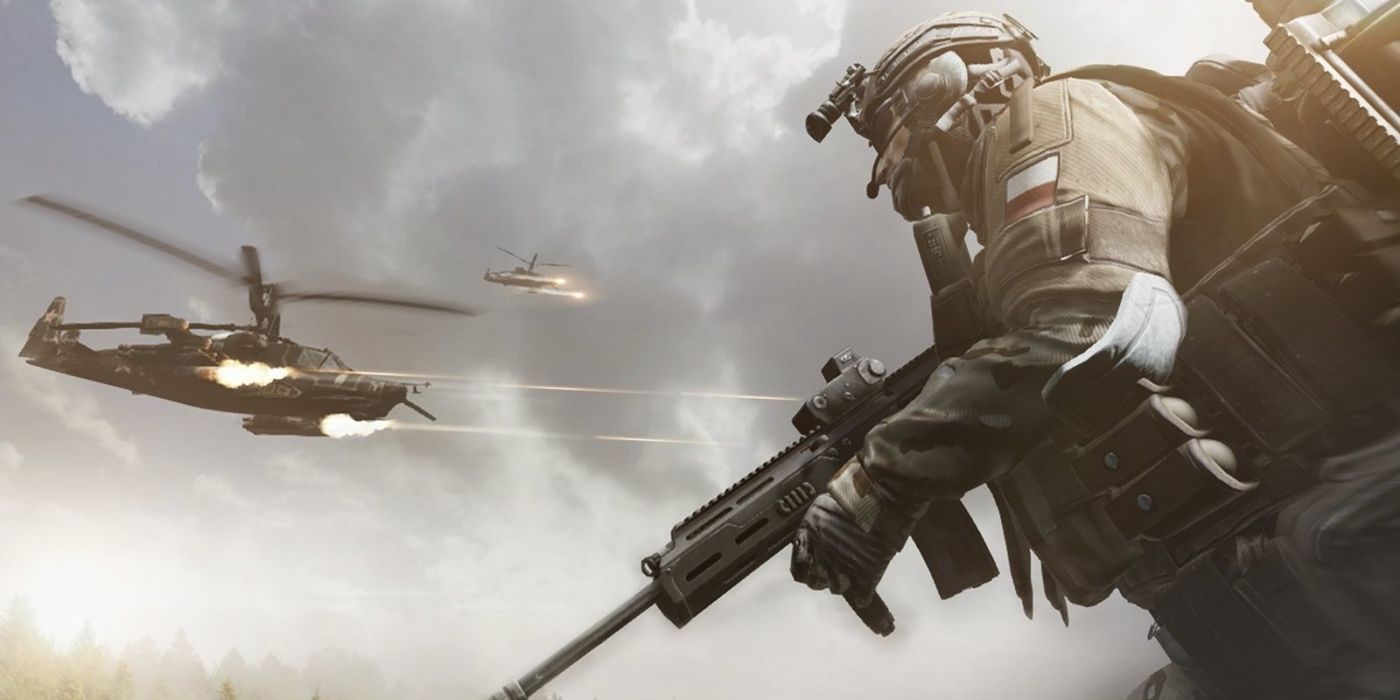

Administration and Use of Army Alpha and Army Beta Army Beta included seven subscales: (a) maze, which required looking at a graphic maze and identifying the path to be taken (b) cube analysis, which required counting cubes in the picture (c) X-O series, which required reading symbol series to identify patterns (d) digit symbol, which required matching digits and symbols (e) number checking, which required scanning and matching graphic symbols in numeric forms (f) picture completion, which required examinees to identify features required to complete a partial picture and (g) geometrical construction, which required examinees to manipulate forms to complete a geometrical pattern. The instructions for the Beta test were given in pantomime, using pictures and other symbolic material to help orient examines to the tasks that made up this test. Many draftees were unable to respond to written tests, because of their limited literacy or their limited command of English Army Beta was developed to assess the abilities of these examinees. Several of the scales and test formats developed by Yerkes and his colleagues for Army Alpha are forerunners of tests still in use today. The most basic purposes of Army Alpha were to determine whether recruits could read English and to help in assigning new soldiers to tasks and training that were consistent with their abilities. Army Beta, a nonverbal test designed for illiterates and for recruits who spoke little or no English, could also be administered to groups and used simple pictorial and nonverbal instructions.Īrmy Alpha was made up of 212 true-false and multiple-choice items, divided into eight subscales: (a) oral directions, which assessed the ability to follow simple directions (b) arithmetical problems (c) practical judgment problems (d) synonym-antonym items (e) disarranged sentences, which required subjects to rearrange fragments into complete sequences (f) number series completion, which required examinees to infer and complete patterns in series of numbers (g) analogies and (h) information, a general knowledge subtest. Army Alpha was a written test that could be administered to large groups of recruits and that provided a rough measure of general intelligence. Their efforts led to the development of two tests, Army Alpha and Army Beta.

The American Psychological Association volunteered its services to the war effort, and a committee, headed by Robert Yerkes and including psychologists such as Arthur Otis and Lewis Terman, was assigned the task of developing a practical method of measuring the intellectual level of individuals in large groups. The United States entered World War I late in the conflict and faced the problem of turning large numbers of often poorly educated draftees into an effective army in a short period of time.


 0 kommentar(er)
0 kommentar(er)
